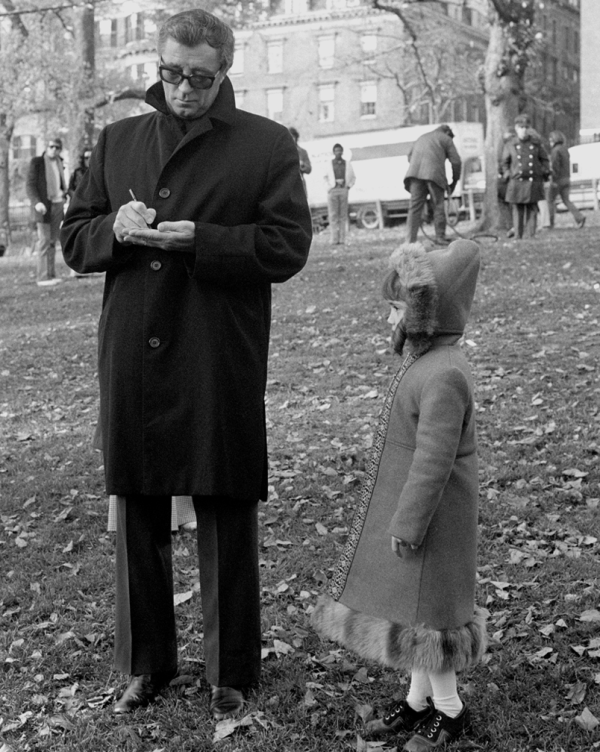When I’m stuck — as I have been for some time now, trying to crack the plot of my next book, to “break” the story, as screenwriters say — I always look for older stories to use as templates. The writer David Lodge has a great term for this sort of literary model: “precursor texts” (which I’ve mentioned here before). Books, movies, whatever — the form of the story doesn’t matter, only the quality of the storytelling. In fact, movies often make the best precursor texts, since their plots are compressed, highly structured, and easy to see. Screenwriting is storytelling stripped bare. Maybe that is why movies, if they’re the right movies, often get my imagination unstuck.
In this case I have been analyzing stories that touch on my book’s premise: a man vanishes into thin air, leaving his wife to cope with daily life in his absence and to solve the mystery of his disappearance. How have other, better storytellers handled that scenario?
So the other day I found myself watching “Out of the Past,” the classic 1947 noir directed by Jacques Tourneur, with Robert Mitchum, Kirk Douglas, and Jane Greer as the woman who’s gone missing. The movie is one of my absolute favorites. So much has been written about “Out of the Past,” I will refrain from gushing about it here. Suffice it to say: if you haven’t seen it, or haven’t seen it in a while, go watch it this weekend. You won’t be sorry.
Here is a taste, with Greer and a 30-year-old Mitchum, in his first leading role. They’re both great, but Mitchum just jumps off the screen. If they remade “Out of the Past” today, Greer’s black widow role could be played capably by Angelina Jolie, say. But what young actor today could fill Mitchum’s shoes?
